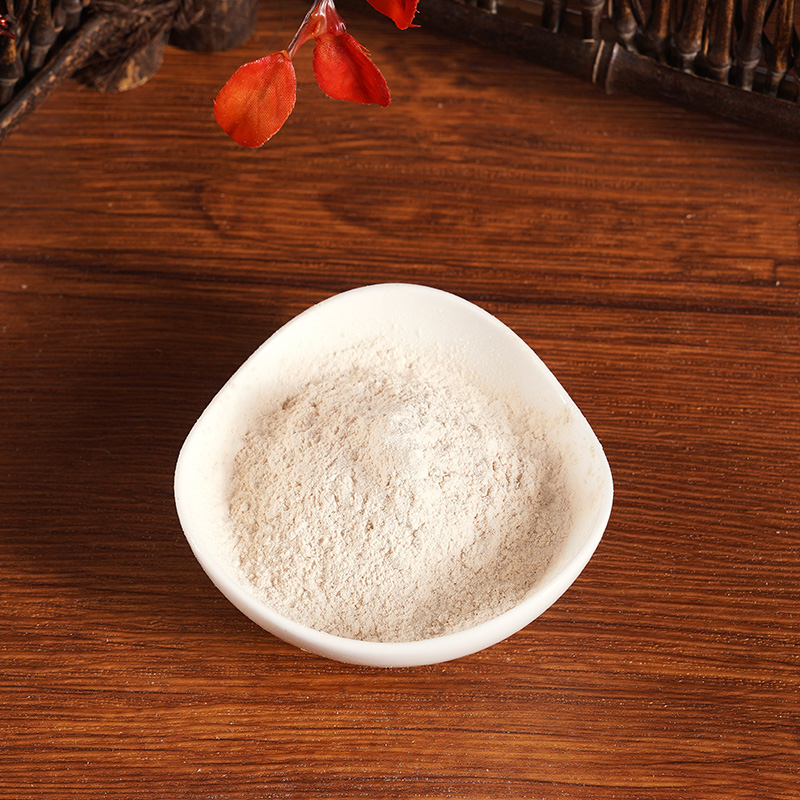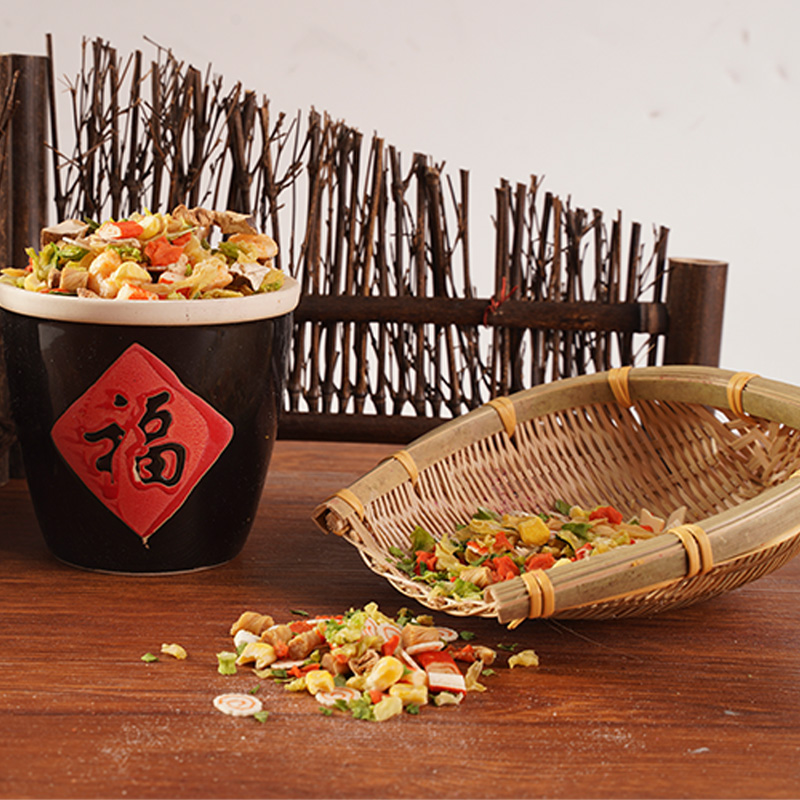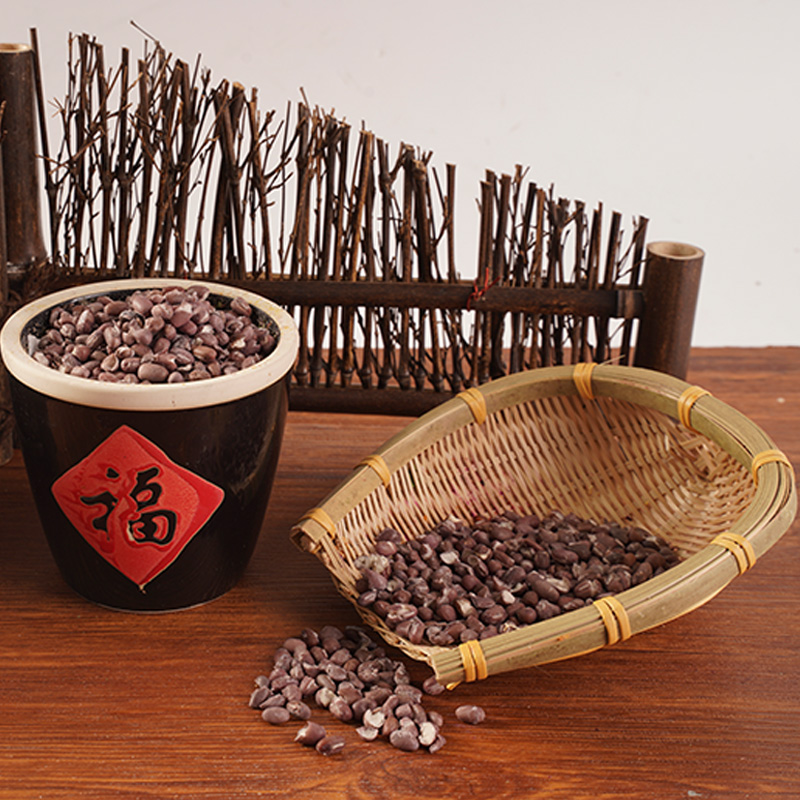Are Dehydrated Vegetables More Expensive Than Fresh?
The question of whether dehydrated vegetables are more expensive than fresh is a common one among consumers, food manufacturers, and culinary professionals. The answer is not a simple yes or no, as it requires a nuanced analysis that extends beyond the initial price per pound. A comprehensive examination of cost drivers, nutritional considerations, and usage contexts reveals a more complex picture.
Upfront Cost vs. Long-Term Value
At the point of sale, the immediate cost of dehydrated vegetables is almost always higher by weight. A bag of dehydrated carrots may carry a steeper price tag than a fresh bunch of carrots of equivalent dry weight. This is due to the added costs of processing: the energy-intensive dehydration process, packaging, and often, transportation from specialized facilities.
However, this initial comparison is misleading. The critical factor is yield and waste. Fresh vegetables contain a significant amount of water, typically between 80-95% of their total weight. This water is removed during dehydration, drastically reducing the product's volume and weight. Therefore, a small amount of dehydrated vegetables can rehydrate to a much larger quantity. When comparing the cost per rehydrated or usable portion, the price difference often narrows significantly and can sometimes favor dehydrated products, especially for vegetables with high water content like bell peppers or onions.
The Hidden Costs of Fresh Produce
To conduct a fair comparison, one must account for the total cost of ownership of fresh vegetables. These hidden costs include:
Shrinkage and Spoilage: Fresh produce is highly perishable. A percentage of purchased fresh vegetables will inevitably spoil before use, effectively increasing the cost of the usable portion. Dehydrated vegetables, with a shelf life often extending to years when stored properly, virtually eliminate spoilage-related waste.
Preparation Time and Labor: Washing, peeling, chopping, and cooking fresh vegetables requires time, which has an implicit cost, particularly in commercial kitchens. Dehydrated vegetables are typically pre-cleaned, pre-cut, and ready to use, reducing preparation time and labor expenses.
Transportation and Storage: The bulk and weight of fresh produce contribute to higher transportation costs, which are factored into the retail price. Furthermore, fresh vegetables require refrigeration, consuming energy both during transport and in storage. Dehydrated vegetables are lightweight and shelf-stable, offering logistical efficiencies.
Nutritional and Practical Considerations
While cost is a primary factor, it is not the only one. From a nutritional standpoint, the dehydration process, especially modern methods like freeze-drying, preserves most vitamins and minerals. However, some heat-sensitive nutrients, like Vitamin C, can be diminished. Dehydrated vegetables retain their fiber content completely.
From a practical perspective, dehydrated vegetables offer undeniable advantages for specific use cases:
Emergency Preparedness and Camping: Their long shelf life and lightweight nature make them indispensable.
Food Manufacturing: They provide consistent flavor, color, and nutritional content year-round, unaffected by seasonal variability or poor harvests.
Culinary Use: They offer convenience and space-saving benefits for home cooks and professional chefs alike, serving as a potent flavoring agent in soups, stews, and sauces.
The assertion that dehydrated vegetables are universally more expensive than fresh is an oversimplification. While their upfront cost is higher, their long-term value becomes apparent when considering total usable yield, reduced waste, and saved labor. For consumers and businesses where minimizing spoilage, ensuring supply chain stability, and maximizing convenience are priorities, dehydrated vegetables can be a cost-effective and pragmatic choice. The decision between fresh and dehydrated ultimately depends on individual priorities: the immediate cost and sensory experience of fresh produce versus the shelf life, convenience, and often competitive usable cost of dehydrated vegetables.
News Category
- Company News(1)
- Industry News(68)



 English
English русский
русский 日本語
日本語 한국어
한국어 中文简体
中文简体












